What are the Places of the Heart? It is as if countless small flames were lit in the cities, in the towns clinging to the hills, along the jagged coastline, across the plains, among the trees in the woods, along the rivers... they are those places that people have loved, lived in, glimpsed, dreamed of and nostalgically remembered.
The places in the heart of Italy
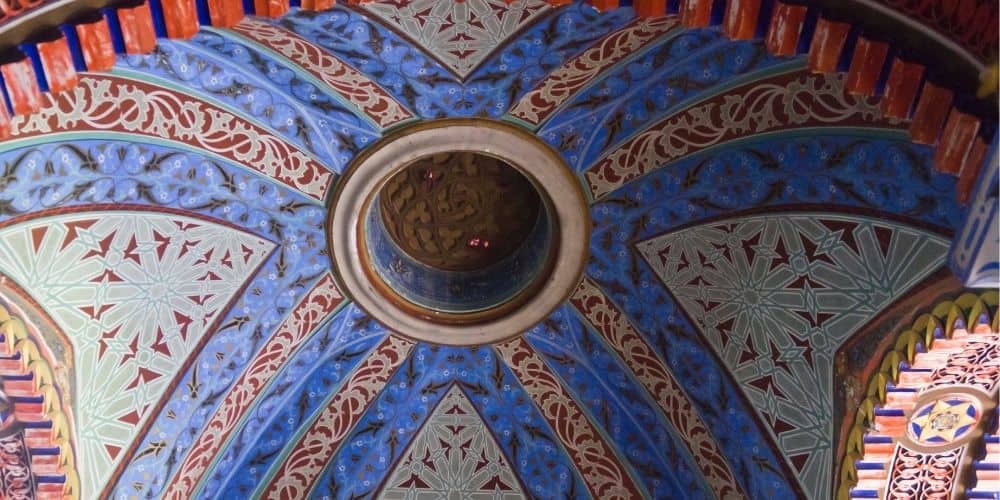
Italy is a place in the heart in every corner. Everyone can find a place in the heart in the great city of art or in the small village. Italy is marvellously beautiful in terms of nature, art, history and culture. A monument, a museum, a street, a square: any corner can become a place of the heart.
Think of the Italians who have emigrated abroad. After just a few months they feel nostalgic for Italy. There are emigrants who are willing to pay consultants to photograph places from their childhood, to remember their childhood and to reconstruct their Italian "history" through the places of their heart.
Then there are the children of emigrants who have only been to Italy once, or who have never been there at all, and who have already passed on their favourite places from father to son.
Another category are those in love with Italy, those who have come ten times and those who have not yet managed to realise their dream. They, too, search the web for their favourite place and then make their visit a reality when they arrive in Italy.
The Places of the Heart is also a national campaign for Italian places not to be forgotten, promoted by the Fondo Ambiente Italiano (FAI) in collaboration with an Italian banking group.
On 25 February 2020, the winners of the 10th Census were announced. With no less than 2,353,932 votes, Italians demonstrated their love for Italy's cultural and environmental heritage - the best result ever for the FAI Census. This surprising turnout, which in the year of the Covid-19 tragedy, is full of meaning and tells of a cohesive, vital Italy that is proud of its beauty and looks to the future with hope, despite everything (from the fondoambiente.it website).
In the 2020 edition, the top three were:
1 - the Cuneo - Ventimiglia - Nice Railway of Wonders
2 - Sammezzano Castle and Park in Reggello, in the province of Florence
3 - Brescia Castle in Brescia.
Visititaly.eu likes to think that in Italy there is a place of the heart for everyone.
Word Heart Day
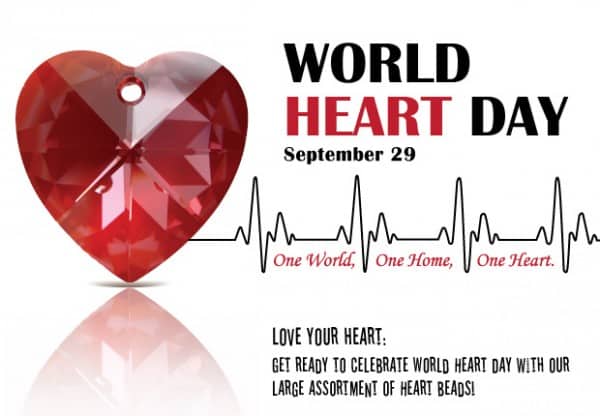
Established by the World Heart Federation in collaboration with the World Health Organisation in 1999, World Heart Day is celebrated every year on 29 September. This event aims to raise awareness of the importance of protecting the health of this vital organ. The WHF is a crucial link between patients, doctors and the scientific community. Cardiovascular diseases are responsible for half of all deaths from non-communicable diseases today. In numerical terms, cardiovascular disease, heart disease and stroke cause about 18 million deaths each year, the world's leading cause of death. World Heart Day aims to inform and engage all individuals, communities, families, and governments in a real fight against this ruthless killer. Reducing global mortality is a commitment that world governments made in May 2012 in the hope of reaching the target by 2025.
It, therefore, highlights all the behaviours and concrete actions to be taken to prevent and control cardiovascular disease. In addition to the regular examinations that doctors recommend early, it is essential to follow guidelines to reduce risk factors. Familiarity, or genetic predisposition to a disease, is only one component determining the onset of heart and cardiovascular diseases. First and foremost, myocardial infarction, angina pectoris or stroke. According to experts, a diseased heart mainly depends on the individuals' responsibility with their lifestyle habits. Uncontrolled high blood pressure and diabetes mellitus, high triglyceride levels, the ratio of "bad" (LDL) to "good" (HDL) cholesterol, smoking, an inadequate or unhealthy diet and a sedentary lifestyle are the heart's worst enemies.
These are the most influential causes that would prevent up to 80% of deaths if eliminated at the root. The campaign, which brings together more than 100 countries worldwide, promotes and encourages a healthy lifestyle for the heart and the body's general well-being. The programme includes check-ups, walks, marathons, conferences, scientific forums, concerts, street parties, and sports tournaments.
Advice from the World Heart Federation
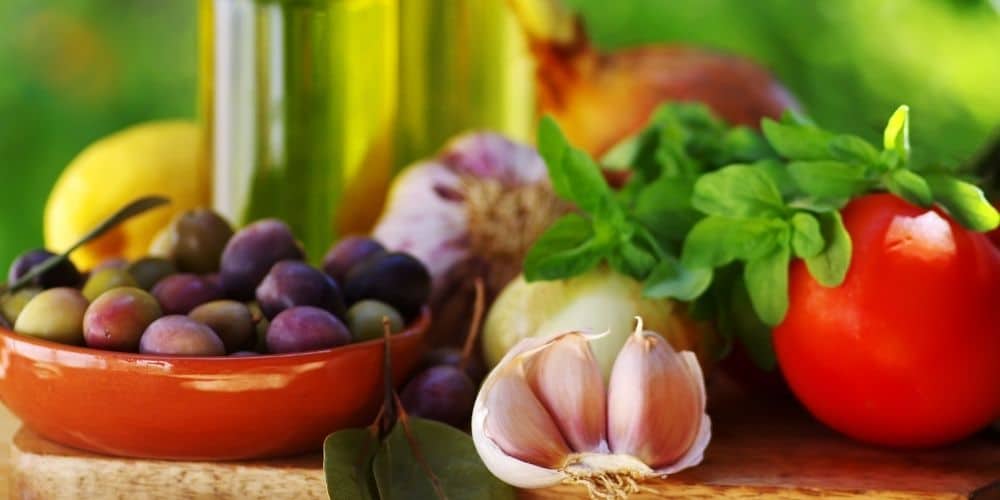
So what are the rules to follow to protect our hearts?
1) First and foremost, sport. Constant physical activity without exaggeration helps to increase the efficiency of the heart muscle, regulate blood pressure and maintain a correct heart rate. Secondly, a healthy diet. Without doubt, the queen of diets is the Mediterranean diet. Varied and balanced, our diet must ensure a correct intake of fats, proteins, carbohydrates and reduce salt consumption (which increases blood pressure). At the same time, we should limit as much as possible (and possibly abolish) alcohol and spirits, although a good glass of wine is still permitted. Prefer vegetable to animal fats, vegetables, fibre and foods containing vitamin K (broccoli, cauliflower, Brussels sprouts, cabbage, sauerkraut, salads, lettuce, lentils, soya, spinach, green tea, savoy cabbage). Drastically reduce consumption of sausages. A doctor should always be consulted before starting any diet. Stop smoking. Studies have shown that smoking puts you at two to four times the risk of non-smokers. How? It reduces the oxygen supply to the heart, increasing blood pressure and heart rate. It also deteriorates the inner walls of blood vessels and causes the arteries to narrow. This results in plaques or blood clots, which increase the likelihood of heart attacks and strokes. Quitting smoking reduces the risk of developing cardiovascular disease after one year. It will take as long as 20 years to return to the risk of someone who has never smoked. However, it will remain slightly higher. Reduce body weight. If you are severely overweight or obese, you should lose weight to avoid overloading your heart, which is forced to work harder.The World Heart Federation's commitment can be summed up in this short but meaningful sentence "We and our members believe in a world where heart health for everyone is a fundamental human right and a crucial element of global health justice". It is never too late to get back on track and take care of ourselves and our health.
For further information on World Heart Day, visit worldheartday.org.
Everyone says that the brain is the most complex organ of the human body. As a doctor, I coud even agree. But as a woman, I can assure you that there is nothing more complex than the heart. In the brain's reasoning, there is logic; while in the heart's reasoning, there are emotions.
The heart: the muscle of life

The most widespread and familiar emblem in the world, we see the heart everywhere. Integrated with jewellery, drawn on greetings cards, printed on fabrics or clothing, carved or sculpted on wood in interior design objects, etc. In all sizes and colours, whole or broken, fixed or animated, it is now one of the most widely used emoticons for communicating on social networks, in text messages or WhatsApp and emails. Finally, it is an essential element on Valentine's Day. There are also many idiomatic expressions in the Italian language containing the term heart. Let's see some of them:
to have one's heart in one's throat: to feel breathless, anxious or frightened; to have a heart of stone: to be cruel; with all one's heart: in a sincere and deeply felt way; lionheart/lionhearted: a courageous and brave person; to set one's heart at rest: means to resign oneself; in the heart of the city: the city centre; hearted person: a generous person; laughing heartily: laughing spontaneously; to break one's heart: to make someone suffer.
Traditionally, it has always had a symbolic connotation that leads back to the mechanism that sets the rhythm of our own lives. The fulcrum of spirituality, it is the sacred organ par excellence. For the Indians, it is the abode of Brahma (creator god), while for Muslims, it is the throne of God. For the Egyptians, who practised mummification, it was the only organ that remained intact inside the body. The heart had to account for the actions of the deceased before the divine presence. For the Greeks and Romans, it was the seat of love and feelings.
The heart in the different cultures
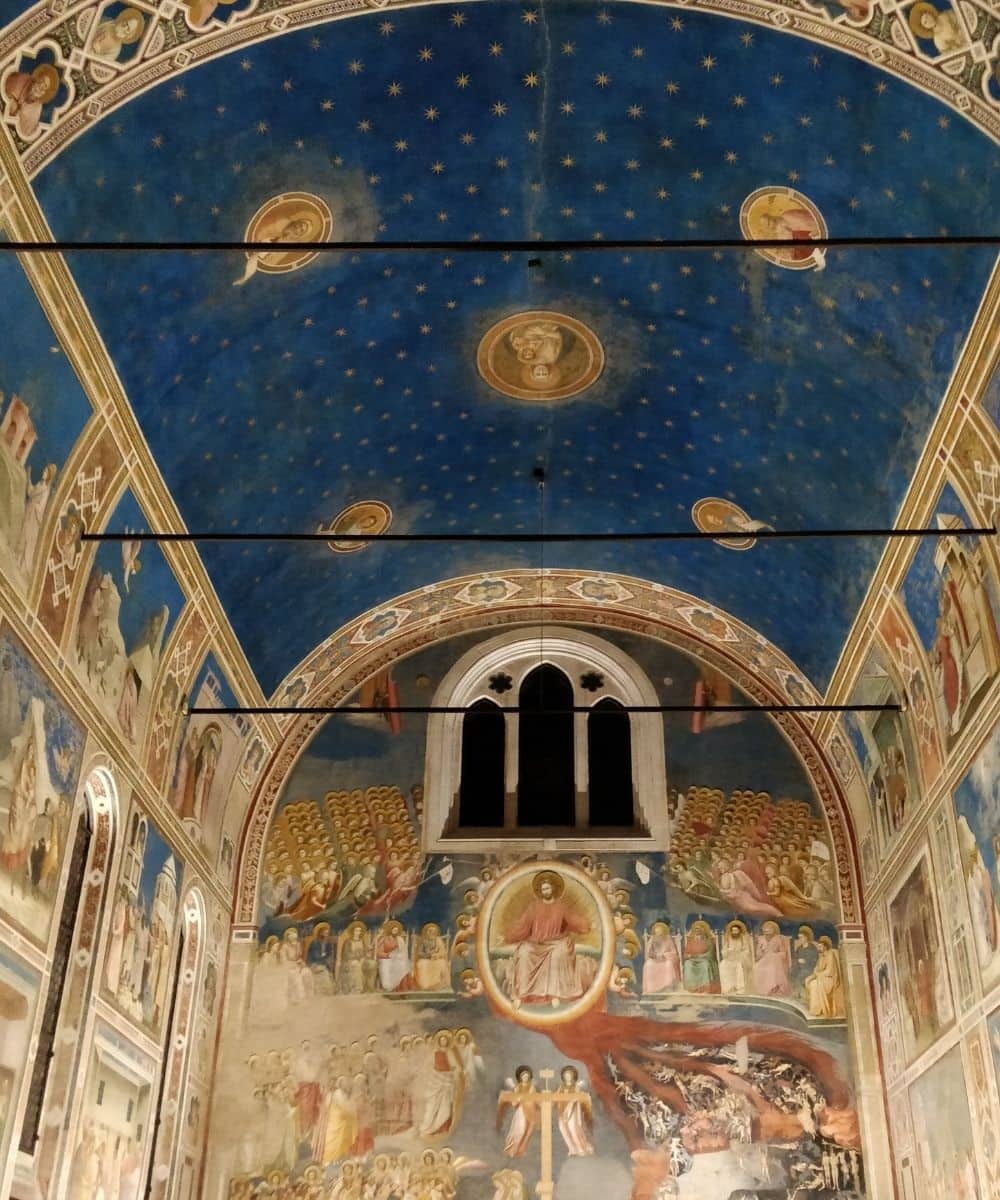
In ancient times, the lack of scientific knowledge from an anatomical point of view gave rise to numerous imaginative depictions of the heart muscle. Generally, it is red, as hot as fire, in opposition to the other fundamental organ, the brain, the icon of rationality and intelligence. According to Galen of Pergamon, a Greek physician who lived in the 2nd century AD, the heart was shaped like a pine cone or an upside-down leaf, echoing Aristotle's description of it some six centuries earlier. Taking their cue from these depictions, medieval monks created inexact anatomical tables where the heart muscle was similar to the stylised heart we use today.
One of the most famous representations of the heart is Giotto's Caritas, a fresco painted between 1303 and 1305 in the Scrovegni Chapel in Padua. It is an allegory of one of the four theological virtues in which Charity (represented by a woman) offers Christ her heart (in the shape of a pine cone). From Giotto's example, a diffusion took place that lasted for many centuries, although progress in the medical field deviated decisively from that image. In religious iconography, the heart of Christ is glowing red, sometimes in the wounded chest, surrounded by thorns or sometimes by rays. Nothing could be further from what we know today, thanks to science.
The heart in the modern age
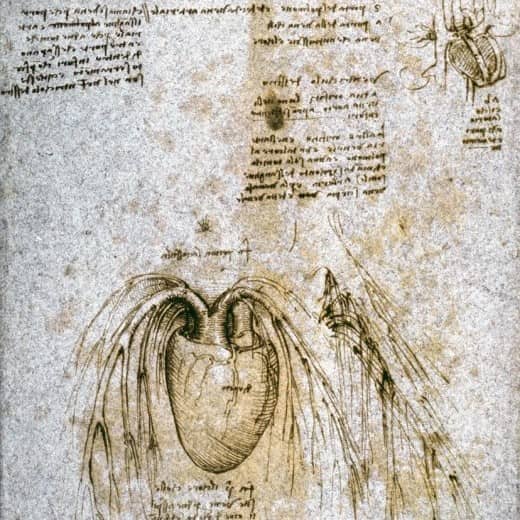
It was only thanks to the pioneers of modern medicine that direct observation of the human heartled to what we know today. One of them was the undisputed genius of Italian culture, Leonardo da Vinci. Leonardo studied and carefully dissected human and animal hearts, leaving us detailed illustrations of extraordinary anatomical precision. Science, however, has done nothing to discredit or refute this symbol of the heart so dear to the popular imagination. Today, the heart is defined as a hollow muscular organ in the thoracic cage, between the lungs, the sternum and the diaphragm. All the cells in our body need a continuous exchange of the solutes present in the liquid that bathes them, and the circulatory system components essentially perform this function. The heart is the central unit of the circulatory system, pumping blood and lymph throughout the body. It follows, therefore, that its well-being is of fundamental importance for our health.
About the author
Written on 29/09/2021



Alessandra Festa
Follow us on a journey through Italy and the places in the heart. What is your place in the heart?